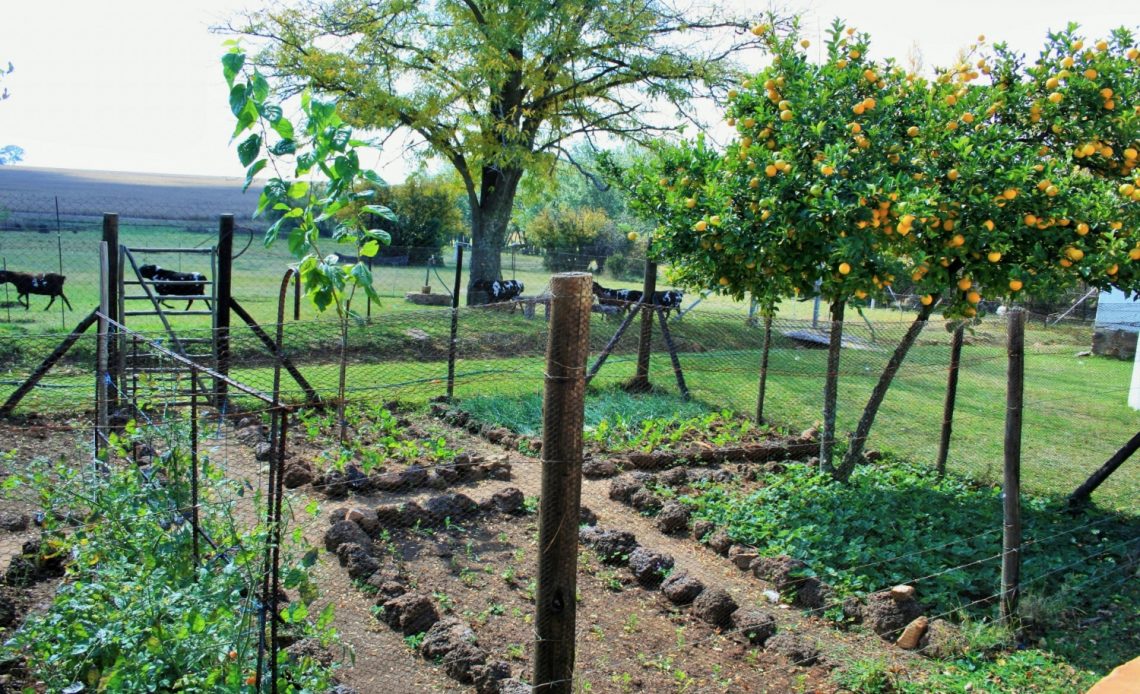

We’re here to help! Wild Yards is a completely free website that is 100% dedicated to helping you create a wildlife-friendly, sustainable yard. Read more
WildYards is reader-supported. When you buy a product through a link on our site, we may earn a comission. Every product is independently selected by our (obsessive) editors and our reviews are unbiased and objective. Read more about our mission or our privacy policy.
They say gardening is good for the soul, and you know what? They’re not lying! Research shows that growing a garden is a fantastic way to reduce your stress levels and support your overall health. Getting your hands in the dirt and watching something you planted grow gives you purpose, and something to look forward to. Gardening has many benefits to offer, and it’s not just good for people, it’s good for pollinators and wildlife, too! So how does gardening help the environment, exactly?
Gardening supports bees, butterflies, and other pollinators so they can keep local plants healthy. Raising a garden also reduces carbon, filters the air, produces more oxygen, and aids in erosion control.
How does planting fruits and veggies benefit your local ecosystem?
If you’ve ever grown a garden, you know that homegrown cherry tomatoes and organically cultivated broccoli and cauliflower just taste better than the stuff you get at the grocery store.
Can those store-bought berries beat the fresh, juicy berries you picked from the vine in your backyard just this morning? No. Of course, they can’t!
But better taste isn’t the only good thing that gardening has to offer.
So, how does gardening help the environment? Here are just a few of the environmental benefits of growing your own flowers, trees, fruits, and veggies!
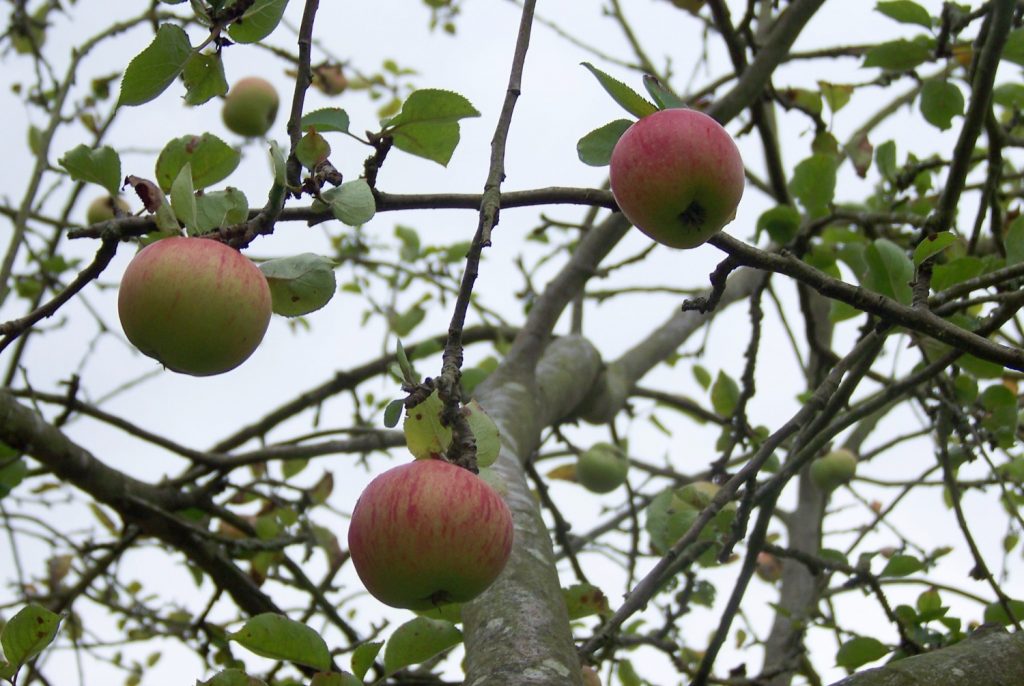
Gardening supports local pollinators
Gardening helps native pollinators thrive, whether you grow vibrant flowers, a small container herb garden, or a variety of fruits and vegetables.
Keeping pollinator-approved plants, like lavender, marigolds, rosemary, and basil in your garden provides bees, butterflies, moths, hoverflies, wasps, and other beneficial pollinating insects with plenty of food.
Obviously, pollinators like bees and butterflies support the ecosystem by, well, pollinating.
But other pollinators, like wasps and hoverflies, don’t just facilitate the pollination process, they also act as a natural pest control.
Planting a garden attracts these predatory insects, so they can prey on aphids, spider mites, thrips, and other damaging pests, and help prevent a potentially devastating insect infestation.
According to the USDA, growing a variety of flowers of all different heights, colors, shapes, and sizes supports pollinator diversity. So be sure to fill your garden with several different types of plants, to keep your local bees and butterflies happy.
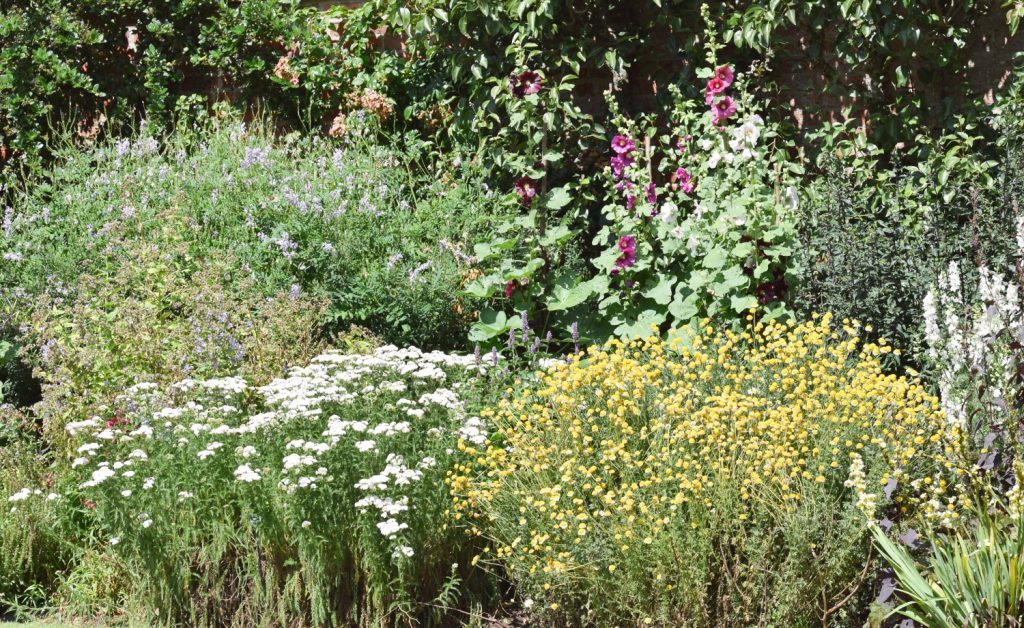
Gardening reduces your carbon footprint and produces more oxygen
Carbon dioxide isn’t necessarily a bad thing in and of itself. The atmosphere needs a certain amount of carbon dioxide because that’s what plants breathe.
But elevated CO2 levels can throw everything out of whack, and contribute to global warming and extreme weather patterns.
To fight climate change, it’s critical that we do our part to mitigate the effects of elevated CO2, and by planting a garden, we can do just that!
Something as simple as planting an apple tree in your yard can significantly reduce local carbon dioxide levels. If every household in the United States planted just one tree, this could cut down the amount of carbon produced by about 18 million tons!
Planting trees around your home has the added benefit of allowing you to cut down on your utility bill. It’s much easier to cool your home in the summertime when it’s nestled beneath a canopy of foliage.
Plant deciduous trees like oaks and red maples on the east, southeast, and west sides of your home to keep it in the shade during the warm months.
Grow evergreens, including pines, cedars, and spruce trees along the north and northwestern sides of your property to block out the winter winds.
This is a simple way to save money on your electric bill, inject more oxygen into the atmosphere, and reduce your carbon footprint. And, to think, all it takes is planting a few trees!
Gardening makes lawn maintenance more sustainable
Replacing some, or all, of your lawn with a garden will save you both time and money and has the potential to benefit the environment in many ways.
More and more homeowners are replacing their turf grasses with pollinator-friendly plants like red creeping thyme. Some homeowners have embraced the homesteading lifestyle and transformed their backyards into labyrinthine gardens.
How does gardening help the environment? When you cover your property with a variety of plants — whether you choose native plants to support local pollinators, a low-maintenance ground cover, or decide to make a super garden — you support pollinators and help filter the air and soil around you.
Don’t get us wrong. A well-manicured lawn is a thing of beauty. But, let’s face it, lawns require a lot of upkeep.
Between constant watering, fertilizing, weed-killing, and mowing, at some point, if you’re like us, you ask yourself, is it really worth it? After all, all that care is purely for aesthetics. It’s not like you get to harvest something to bring to the table at the end of the season.
Lawns are time-consuming and, in many respects, a downright waste — to say nothing of the damage they can potentially do to the environment.
Excessive application of synthetic fertilizers to your lawn is bad for the environment, including the soil and local waterways.
High levels of nitrogen and phosphorus contaminate rivers, ponds, and streams, leading to eutrophication. This boom in phytoplankton activity can be devastating to wildlife, livestock, and humans, too.
Plus, lawns need to be maintained. That means regular mowing and weed-eating, which means more money spent on gas and a significantly bigger carbon footprint.
Replacing your turf with a pollinator garden, vegetable garden, or an easy-to-care-for ground cover is a simple way to support the environment.
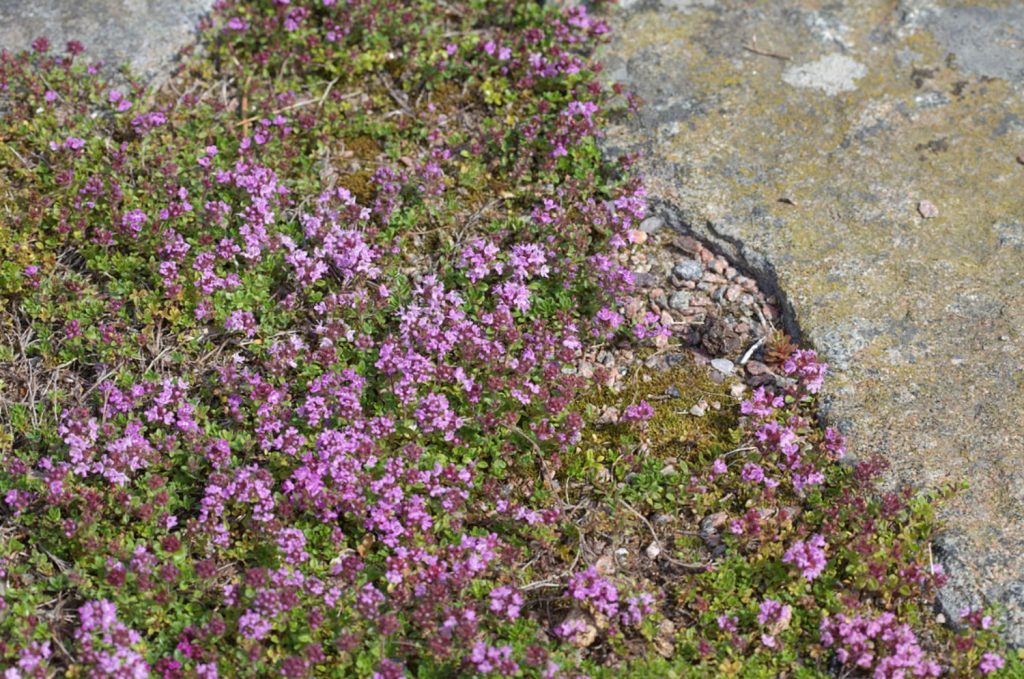
Gardening is great for the soil
How does gardening help the environment? Well, aside from the obvious benefits to local pollinator populations, gardening is also fantastic for the soil.
Certain plants, especially legumes like peas, snap beans, and alfalfa, are nitrogen fixers. They pull nitrogen out of the air, and “fix” them into the soil, where other plants can use them. In this way, nitrogen-fixers enhance soil quality.
Of course, a garden can improve soil health in other ways, too.
Plants help clean up the soil by eliminating toxic heavy metals. Plus, as plants die, they add beneficial nutrients to the soil.
Decaying plant matter in the form of leaves and roots adds structure to the soil so the substrate stays loose and well-aerated. A loamy soil is much easier for plants to root into, and it makes it easier for water to penetrate and drain, too.
Overall, gardening improves native soil making it a more hospitable environment for plants.
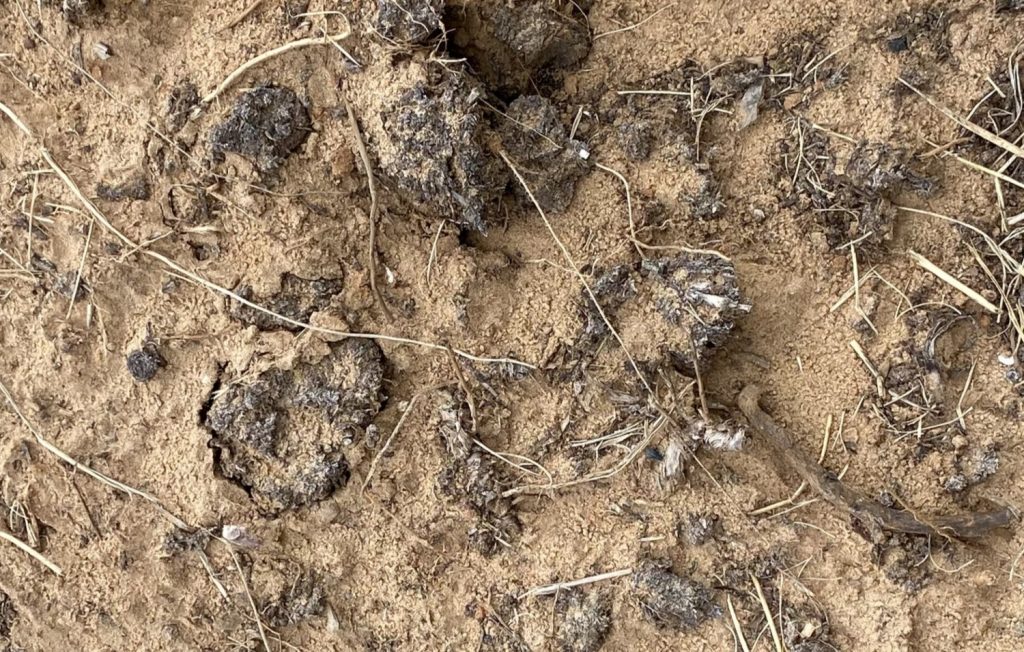
Gardening reduces landfill waste
Gardening gives you the opportunity to cut down on the amount of waste your household produces.
Old paper towels and toilet paper rolls, shredded paper, egg cartons, vegetable peels, and table scraps can be added to a compost bucket and used to enrich your garden soil.
These materials nourish your plants by providing them with essential nutrients, like nitrogen, phosphorus, and potassium.
But biodegradable green and brown matter go the extra mile by not just feeding your plants, but also feeding the beneficial bacteria in the soil.
These microorganisms support plant health by breaking down nutrients and making them easier for your plants to absorb.
Healthy soil enhances your garden’s immunity to pests and diseases. Adding homemade compost to your native soil makes it more and more nutritious over time — and it allows you to take unnecessary waste out of local landfills at the same time.
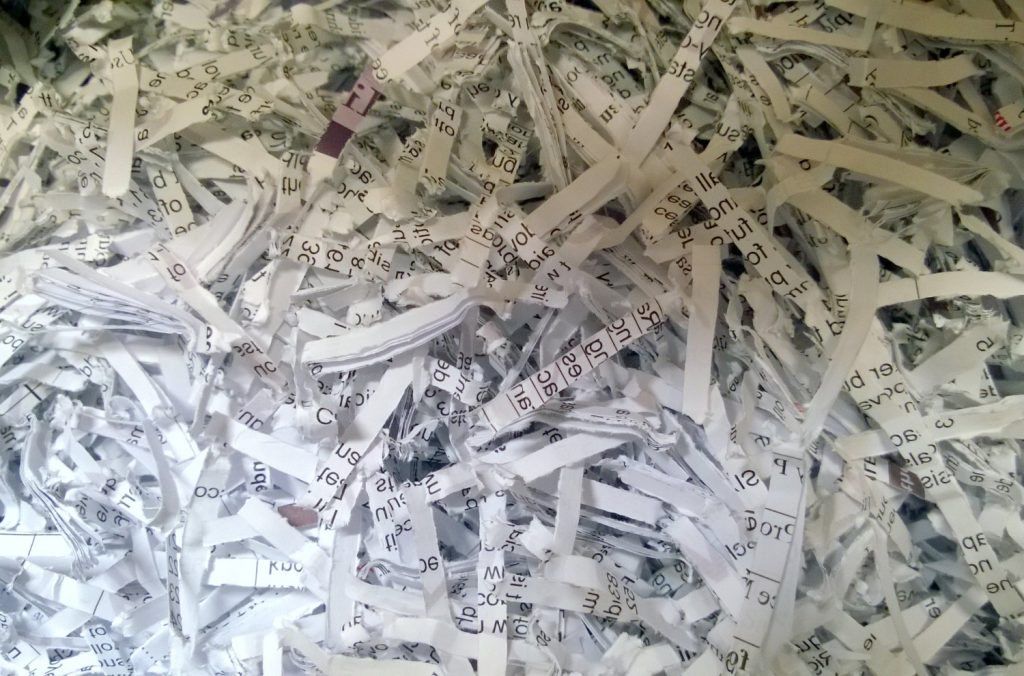
Gardening helps prevent erosion
How does gardening help the environment? Well, another way that gardening can support your local ecosystem is by preventing soil erosion.
Soil erosion is a major environmental problem that doesn’t really get talked about much. But when our soils erode, that erases some of our valuable farmland, meaning we have less space to plant in, and fewer plants to filter the air and produce oxygen.
Ornamental and fruit trees are excellent choices for erosion control.
However, even relatively smaller plants, like watermelons and cucumbers, and flowers like snapdragons and gladioli, can help prevent erosion in your backyard.
By planting a garden, you’ll be taking steps to ensure the soil in your backyard stays in place.
This is great news for the environment. It’s also good for your home’s foundation, as severe erosion can lead to major structural issues for your home.
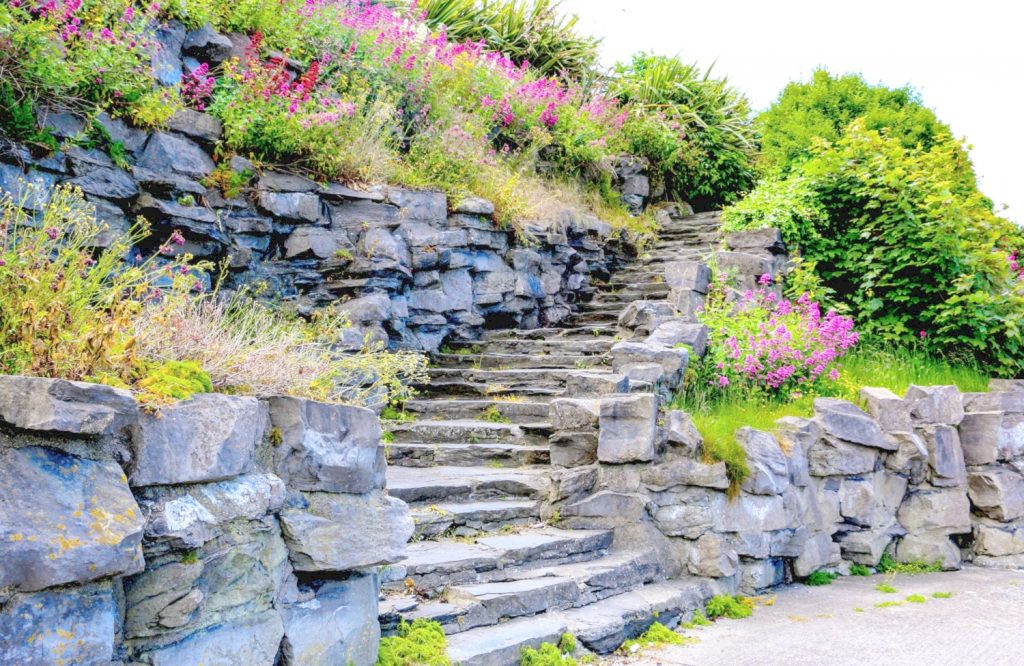
Gardening takes harmful pollutants out of local waterways
Planting a rain garden in your backyard helps filter runoff, taking harmful pollutants out of neighboring waterways.
Growing a rain garden is easy. It involves strategically placing a flower bed in the low spots in your yard, usually a short distance away from your downspouts.
Planting water-loving trees, like willows and swamp cottonwoods, is another great way to slow runoff and prevent erosion. These trees drink up a ton of water, so planting them in your yard can help reduce runoff.
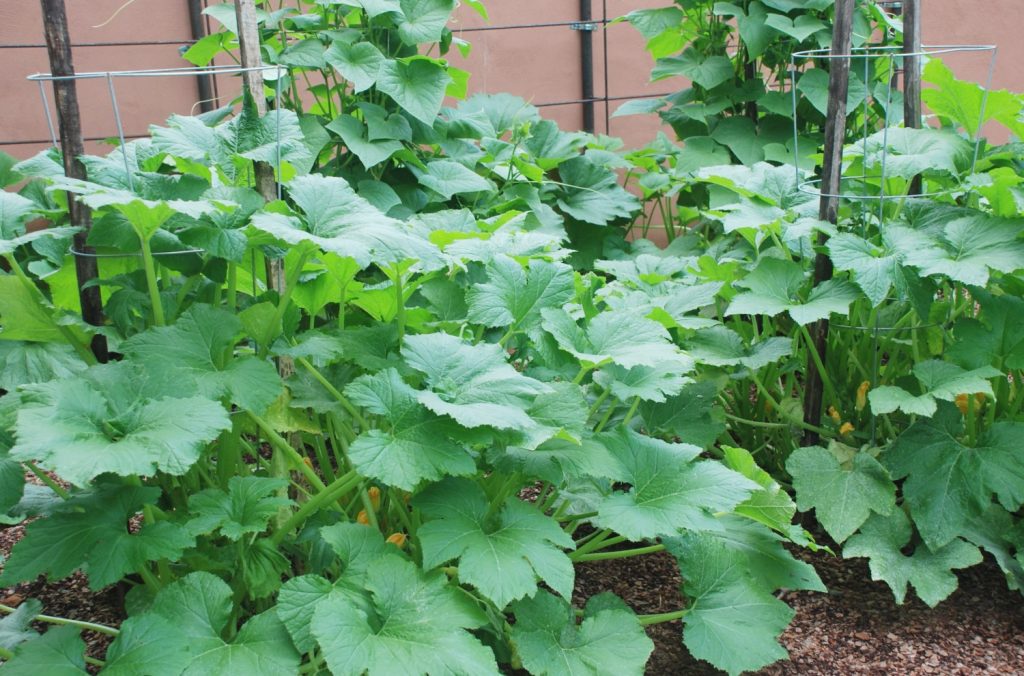
Get out and grow a garden today!
So, how does gardening help the environment? In lots of ways, as you can see!
If you’ve never gardened before, or if you haven’t got a large property to garden on, don’t be discouraged.
Maybe you live in an apartment and you haven’t got a backyard to plant trees in. Or maybe you simply haven’t got the time or the budget to transform your property into a native plant-filled pollinator’s paradise.
That’s okay. In the words of Theodore Roosevelt, “Do what you can, with what you’ve got, where you are”!
No matter how big or how small the garden you grow, what matters most is that you get out there and grow it!
